How to Start Fish Farming in Ghana?
Struggling with the idea of a new venture? Fish farming in Ghana offers a promising path, but where do you begin?
Fish farming in Ghana is a growing industry with high demand. Starting involves understanding costs, feed, pond construction, and leveraging local resources and support. It's a viable business with careful planning.
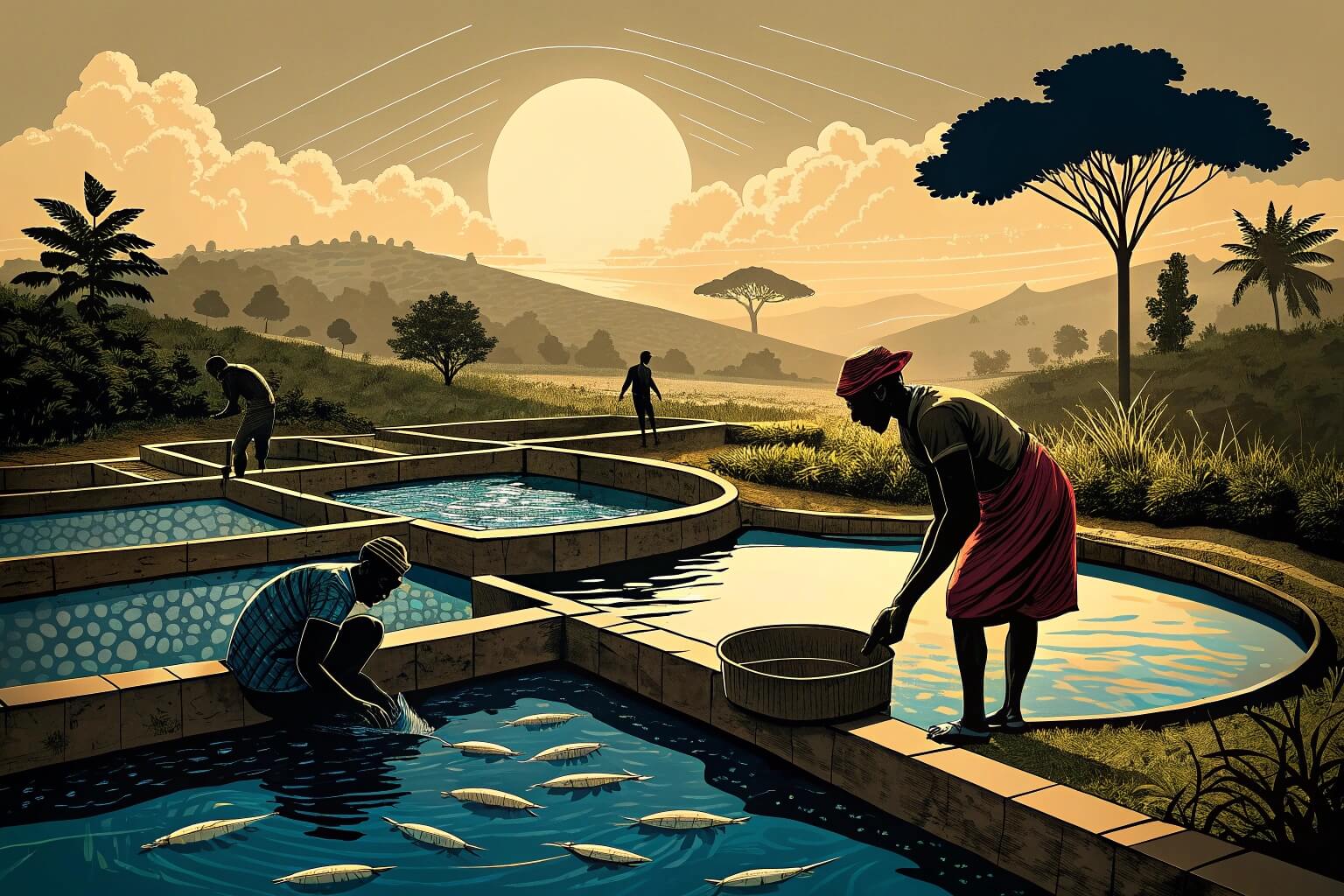
As someone deeply involved in Ghana's aquaculture, I've seen the immense potential. The local demand for fish is insatiable, yet we import so much. This gap is an opportunity for us, the local farmers. Let's explore how you can tap into this rewarding sector.
How much do I need to start a fish farm in Ghana?
Worried about the initial investment? Starting a fish farm can seem daunting, but breaking down the costs makes it manageable.
Starting a fish farm in Ghana requires capital for land, pond construction, fingerlings, feed, and labor. Initial costs can vary widely, from a few thousand to tens of thousands of Ghana Cedis, depending on scale.
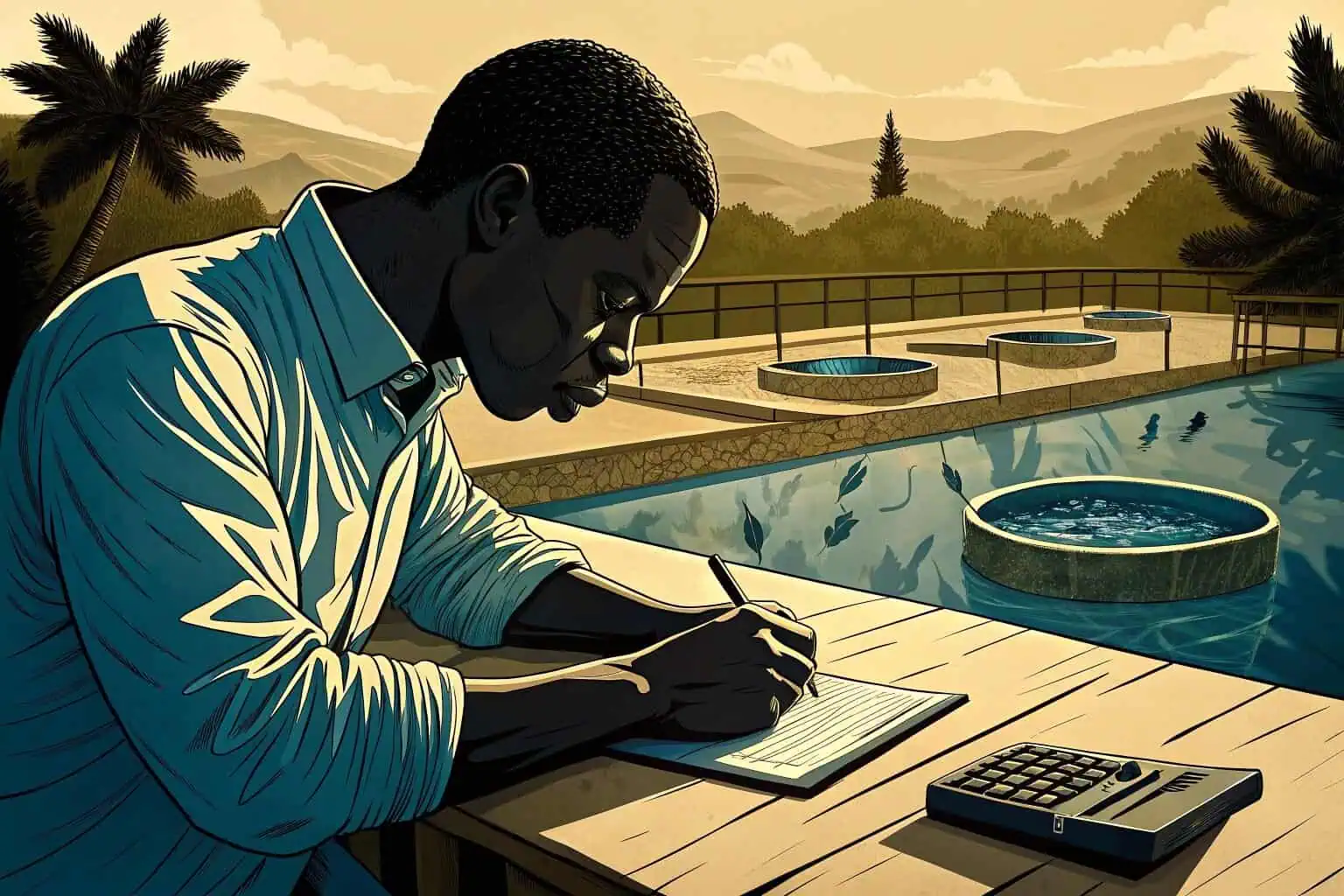
When I first considered fish farming, the numbers seemed overwhelming. But I learned that a phased approach can work. You don't need to start massive. The key is to understand the essential components. Government initiatives like the National Aquaculture Development Plan1 also offer some support, which can ease the financial burden. It's about smart planning and leveraging available resources. Let's break down the typical expenses you'll encounter.
Land Acquisition or Lease
Finding the right location is your first step. You might own land already, or you might need to buy or lease it. Proximity to a reliable water source2 is crucial. Costs here can vary dramatically based on location and land size. For instance, peri-urban land will likely cost more than rural land. I've seen entrepreneurs get creative, sometimes partnering with landowners.
Pond Construction
This is a significant expense. You can opt for earthen ponds, concrete tanks, or even modern solutions like Bancy's collapsible PVC fish tanks3. Each has its cost implications. Earthen ponds might seem cheaper initially but can have higher maintenance. Our collapsible tanks, for example, offer flexibility and durability, which can be cost-effective in the long run. We at Bancy Solutions provide various options like Galvanized Pipe Fish Tanks4 and Collapsible Plastic Fish Tanks5, catering to different scales and budgets.
Fingerlings and Feed
Good quality fingerlings6 are essential for success. Their cost depends on the species (like tilapia or catfish) and the supplier. Feed will be your biggest recurring expense. It can eat into profits if not managed well. I always advise new farmers to research feed suppliers7 and consider options for producing some feed locally if possible. This is an area where careful budgeting8 is non-negotiable.
| Expense Category | Estimated Cost Range (GHS) | Notes |
|---|---|---|
| Land (Lease/Purchase) | 5,000 - 50,000+ | Highly variable based on location and size. |
| Pond Construction | 10,000 - 100,000+ | Depends on type (earthen, concrete, PVC tanks) and size. |
| Fingerlings (per 1000) | 500 - 2,000 | Varies by fish species and supplier quality. |
| Initial Feed Stock | 2,000 - 10,000 | Depends on fish type and initial stocking density. |
| Labor (Initial Setup) | 1,000 - 5,000 | For pond construction and initial setup. |
| Permits & Licenses | 200 - 1,000 | Necessary for legal operation. |
| Total Estimated Start | 18,700 - 168,000+ | This is a broad estimate; detailed planning is crucial. |
How much does it cost to start a fish farm?
Still wondering about the total bill? The overall cost isn't just one big number; it's a sum of many parts, each needing careful thought.
Globally, starting a fish farm involves similar cost categories: land, construction, stock, feed, and operations. The specific amounts differ by region, scale, and technology used, but the financial planning principles remain the same.
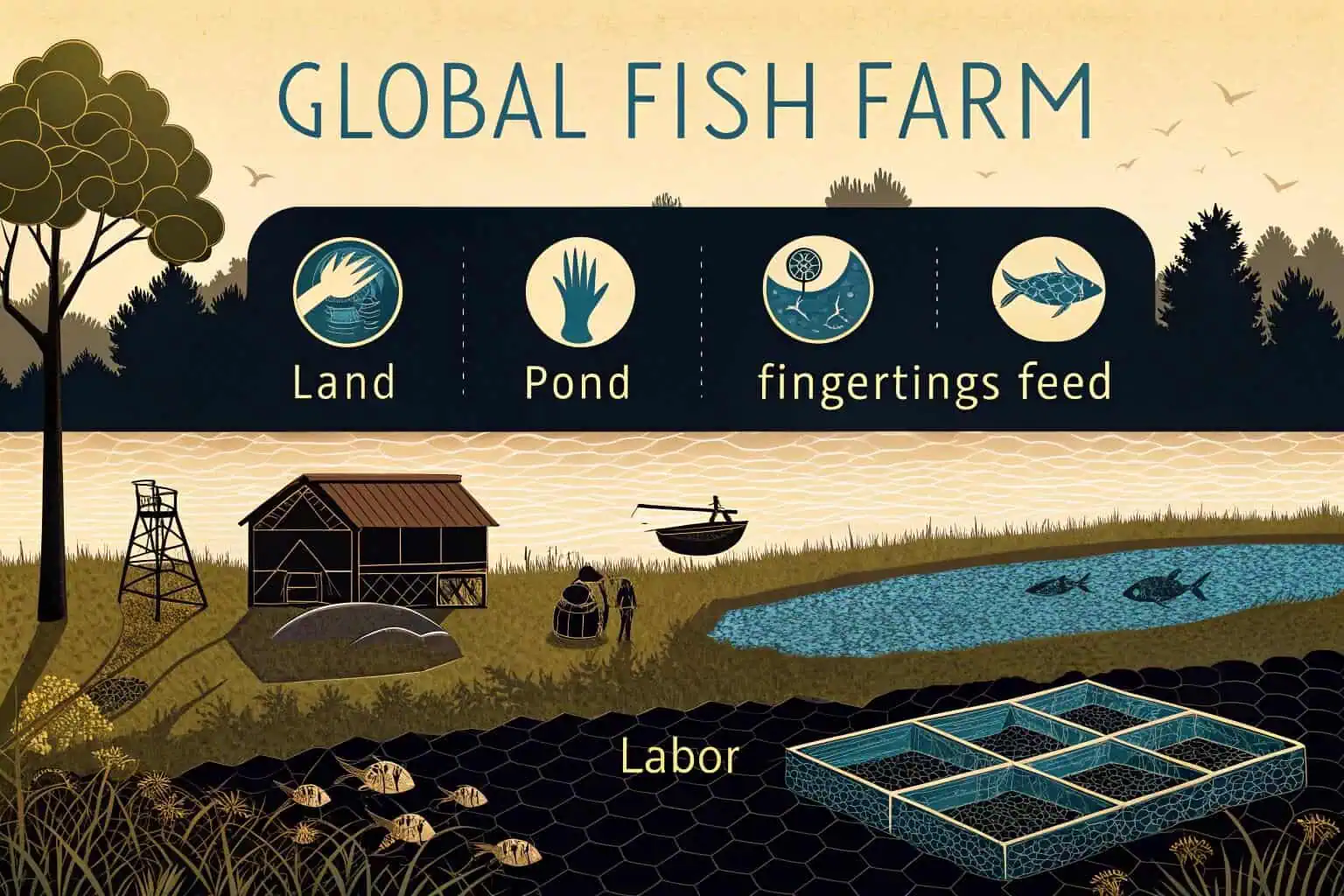
From my experience interacting with farmers and suppliers globally through Bancy, the core cost components are universal. Whether you're in Ghana or elsewhere, the challenge is to optimize these costs without compromising quality. The initial investment9 is just the beginning; ongoing operational costs, especially feed, are what determine long-term profitability. Let's look deeper into these cost factors that apply broadly, keeping our Ghanaian context in mind.
Scale of Operation
The most significant factor influencing cost10 is the scale. A small backyard farm with a few Bancy collapsible plastic fish tanks will cost far less than a large commercial farm with multiple earthen ponds or extensive raceway systems. I always advise starting at a scale you can comfortably manage and then expanding as you gain experience and capital. This approach minimizes initial risk.
Technology and Infrastructure
The type of technology you adopt impacts costs. Simple earthen ponds are cheaper to construct initially. However, systems like Recirculating Aquaculture Systems (RAS)11 or Bancy's durable galvanized sheet fish tanks, while requiring a higher upfront investment, can offer better control, higher stocking densities, and potentially lower long-term operational costs due to water efficiency and easier management. We've seen clients benefit from our advanced tank designs that are built for longevity.
Species of Fish
Different fish species have different requirements and, therefore, different costs. Some species require more specialized feed, while others might need specific water quality parameters that necessitate additional equipment. For example, catfish are generally hardy, while some marine species might require more complex setups. Researching the market demand for specific species in Ghana[^12] is also vital before committing.
| Cost Factor | Impact on Total Cost | Considerations for Ghana |
|---|---|---|
| Scale (Small/Large) | High | Start small to manage risk; expand with experience. |
| Pond Type/Technology | Medium to High | Earthen, concrete, PVC tanks (like Bancy's), RAS. Balance upfront vs. long-term costs. |
| Fish Species | Medium | Tilapia and catfish are common. Research market demand and specific needs. |
| Feed Quality & Source | High (Recurring) | Major operational cost. Explore local sourcing or efficient feed management. |
| Water Source & Mgmt. | Medium | Boreholes, rivers. Water quality management systems add to cost. |
| Labor | Medium (Recurring) | Skilled labor for management can be an investment. |
How many bags of feed for 1000 catfish in Ghana?
Feeding your fish is crucial, but how much is enough? Overfeeding wastes money, while underfeeding stunts growth. Getting it right is key.
For 1000 catfish in Ghana, the number of feed bags needed depends on fish size, growth stage, feed type, and feeding practices. It typically ranges from 10 to 20+ bags (50kg) over a 4-6 month cycle.
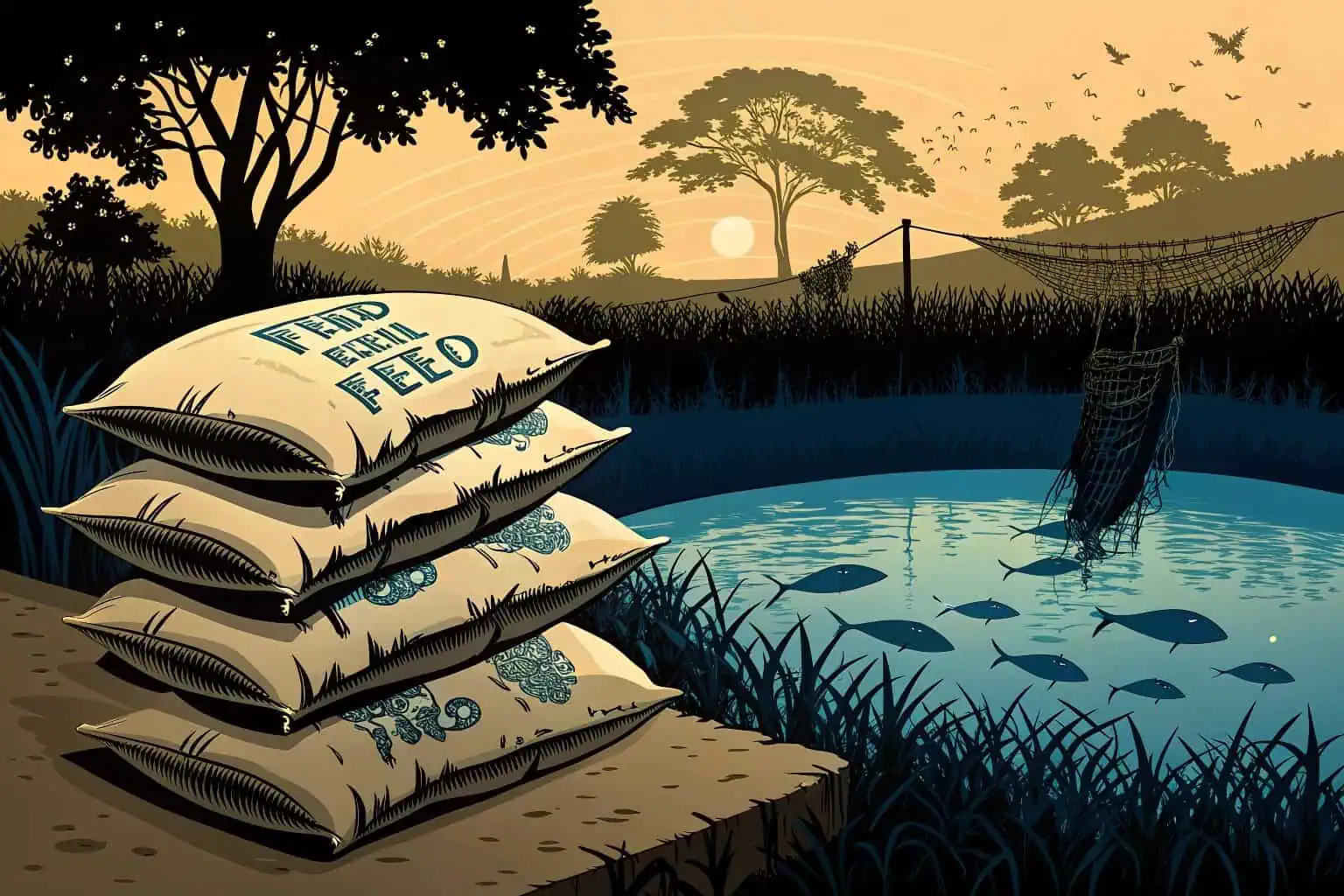
I've seen many farmers in Ghana grapple with feed calculations. It's not just about the number of bags, but the quality of feed and the feeding strategy. Catfish are voracious eaters, and their feed conversion ratio (FCR)12 is a critical metric. A good FCR means more weight gain per bag of feed. This is where knowledge and careful management pay off. Let's explore the factors that influence this.
Fish Growth Stages
Catfish have different nutritional needs at different stages. Fry and fingerlings require high-protein starter feeds. As they grow into juveniles and then to table size, the feed composition changes, and so does the daily intake. You'll typically use different types of feed13 (e.g., starter, grower, finisher) throughout the cycle. This means you can't just use one type of bag for the entire period.
Feed Conversion Ratio
FCR is the ratio of feed given to the weight gained by the fish. An FCR of 1.5:1 means 1.5 kg of feed produces 1 kg of fish. Lower FCR is better. Quality feed, good water management, and proper feeding techniques14 contribute to a better FCR. Investing in good quality feed, even if slightly more expensive per bag, can be more economical if it results in a better FCR and faster growth.
Feeding Frequency and Management
How often and how much you feed at each interval matters. Overfeeding leads to wasted feed and poor water quality. Underfeeding slows growth. Generally, younger fish are fed more frequently in smaller amounts. As they grow, frequency might decrease, but quantity per feeding increases. Observing your fish and adjusting based on their appetite and water conditions is a skill you develop. Some farmers use feeding charts15, but practical observation is invaluable.
| Factor | Influence on Feed Quantity | Practical Tip for Ghanaian Farmers |
|---|---|---|
| Fish Size/Age | High | Use appropriate feed size (e.g., 2mm, 4mm, 6mm) for different stages. |
| Feed Quality | High | Invest in reputable brands; poor quality feed leads to higher FCR. |
| Water Quality | Medium | Poor water quality stresses fish, reducing appetite and feed conversion. |
| Feeding Practices | High | Avoid overfeeding; feed 2-3 times daily based on fish activity. |
| Target Harvest Size | High | Larger fish will naturally consume more feed over their lifetime. |
General Estimate (4-6 month cycle to ~1kg size, 50kg bags):
- Starter Phase (Fingerlings): 2-4 bags
- Grower Phase (Juveniles): 6-10 bags
- Finisher Phase: 4-8 bags
- Total Approximate: 12-22 bags (This is a rough guide; actual usage will vary.)
How much does it cost to build a fish pond in Ghana?
Thinking about the physical structure? The pond is the heart of your farm, and its construction cost is a major budget item.
Building a fish pond in Ghana can cost from GHS 5,000 for a small earthen pond to over GHS 100,000 for larger concrete or specialized tank systems. Factors include size, material, and labor.
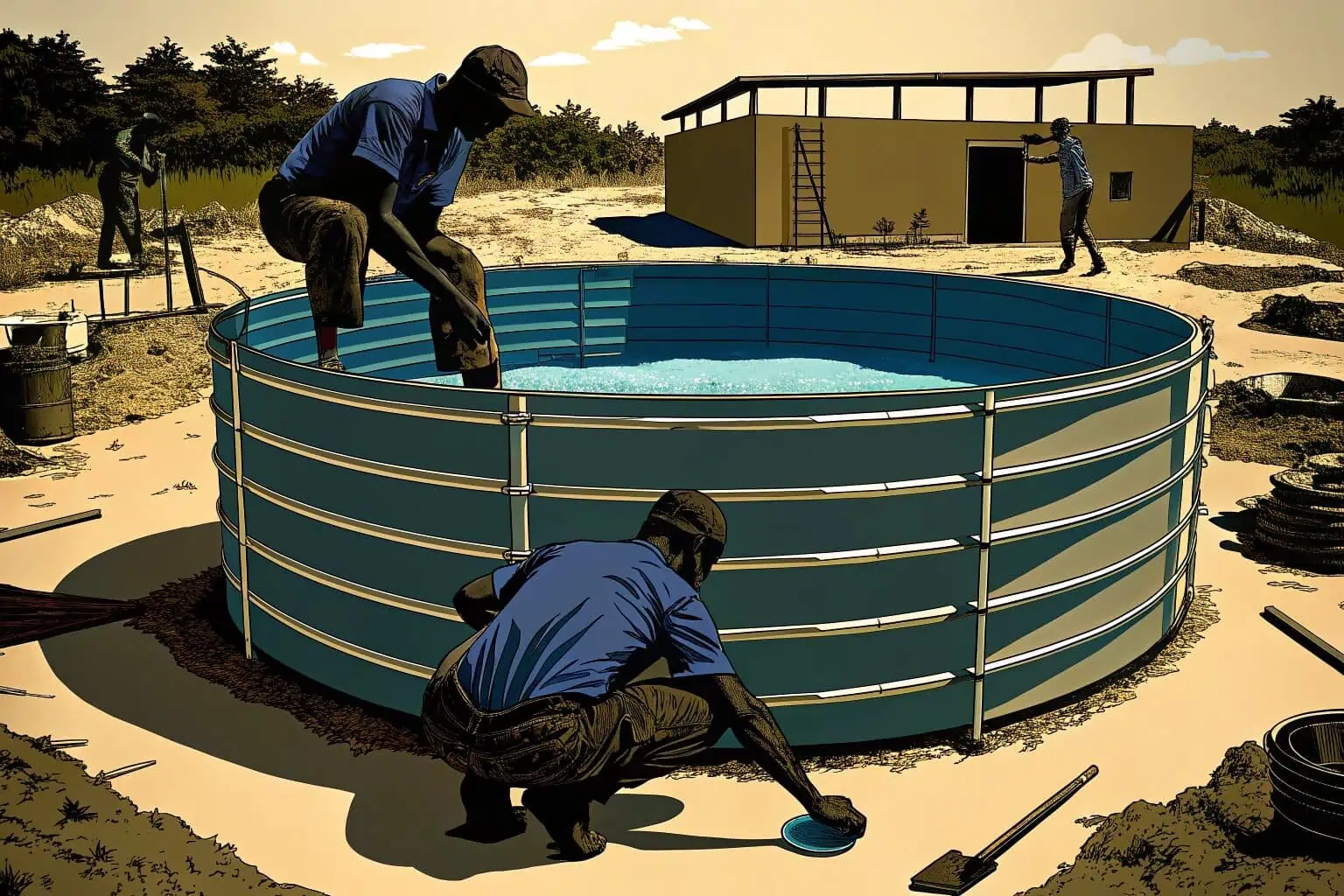
When I advise clients at Bancy Solutions, pond construction16 is always a hot topic. The choice of material and design has long-term implications. While an earthen pond might be cheaper to dig, it can require more maintenance and may not be suitable for all terrains or fish species. This is where understanding your specific needs and site conditions is vital. Let's look at the options and their cost drivers.
Earthen Ponds
These are the most common type in Ghana, especially for larger-scale farming. Costs involve excavation (manual or mechanical), compacting, and potentially lining if the soil doesn't hold water well. The cost per square meter17 can be relatively low, but you need suitable land and soil type. Drainage and water inlet structures also add to the cost. I've seen well-built earthen ponds last for years with proper maintenance.
Concrete Tanks
Concrete tanks18 offer more durability and control than earthen ponds. They are common for hatcheries or intensive culture. Construction involves excavation, formwork, rebar, concrete, and plastering. The cost per cubic meter is higher than for earthen ponds. However, they are easier to manage, clean, and can support higher stocking densities. This is a good option if land is limited or you need a very controlled environment.
Modern Tank Systems
This is where Bancy's expertise comes in. We offer solutions like Collapsible PVC Fish Tanks, Galvanized Pipe Fish Tanks, and Galvanized Sheet Fish Tanks. These are often quicker to install than concrete tanks and can be relocated if needed. While the upfront material cost might seem comparable to or slightly higher than some concrete options depending on size, the ease of installation, durability, and flexibility can offer better value. For instance, our PVC liners are robust, and the galvanized frames are corrosion-resistant. These are excellent for both small-scale and expanding commercial operations.
| Pond Type | Avg. Cost per Unit (Approx. GHS) | Pros | Cons |
|---|---|---|---|
| Small Earthen Pond (100m²) | 5,000 - 15,000 | Lower initial cost, natural environment. | Higher maintenance, water seepage, predator risk. |
| Medium Concrete Tank (50m³)19 | 20,000 - 50,000 | Durable, good control, easy to clean. | Higher initial cost, permanent structure. |
| Bancy Collapsible PVC Tank (Large) | 8,000 - 25,000+ | Portable, easy setup, durable, good for various scales. | Liner can be punctured if not handled carefully (though ours are tough). |
| Bancy Galvanized Tank (Medium) | 15,000 - 40,000+ | Very durable, long lifespan, good for intensive culture. | Higher upfront cost than basic PVC. |
Conclusion
Starting fish farming in Ghana is a journey of opportunity. With smart planning, the right resources, and a passion for aquaculture, you can build a successful and impactful business. Remember, knowledge is your best asset.
-
Explore this link to understand how government initiatives can aid your fish farming journey and reduce financial stress. ↩
-
Understanding how to locate a reliable water source is essential for any land project. This resource can guide you through the process. ↩
-
Explore the advantages of collapsible PVC fish tanks for flexibility and durability in aquaculture. ↩
-
Learn about the uses and benefits of Galvanized Pipe Fish Tanks in various aquaculture settings. ↩
-
Discover how Collapsible Plastic Fish Tanks can be a cost-effective alternative to traditional options. ↩
-
Understanding how to choose quality fingerlings is crucial for aquaculture success. Explore this link for expert insights. ↩
-
Finding the right feed suppliers can significantly impact your profits. Check this resource for tips on sourcing quality feed. ↩
-
Effective budgeting is essential for managing costs in aquaculture. Discover strategies that can help you maximize your profits. ↩
-
Learning about the critical factors in initial investments can guide farmers in making sound financial decisions from the start. ↩
-
Understanding the cost factors can help you budget effectively for your fish farming venture. ↩
-
Explore the advantages of RAS for better control and efficiency in aquaculture, which can lead to significant long-term savings.
---[^12]: Understanding the market demand is crucial for making informed decisions in fish farming in Ghana. ↩ -
Understanding FCR is essential for optimizing feed efficiency and improving profitability in aquaculture. Explore this link for in-depth insights. ↩
-
Discover the various types of feed used in catfish farming to maximize growth and health at each stage. This link provides valuable information. ↩
-
Implementing proper feeding techniques can significantly enhance fish growth and FCR. Learn effective strategies here. ↩
-
Discover how feeding charts can optimize feeding practices and improve fish growth rates effectively. ↩
-
Exploring best practices can help ensure a successful pond project, tailored to specific needs and conditions. ↩
-
Understanding the cost calculations can help in budgeting and planning for agricultural investments effectively. ↩
-
Explore the advantages of concrete tanks in aquaculture, including durability and management benefits. ↩
-
Learn about the durability and maintenance of Medium Concrete Tanks to see if they fit your aquaculture project. ↩